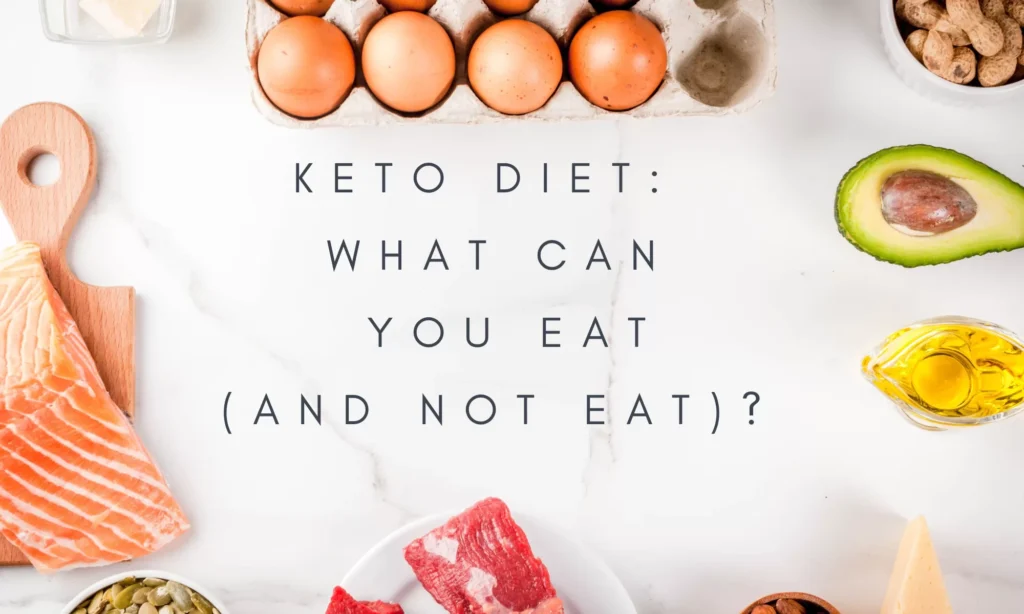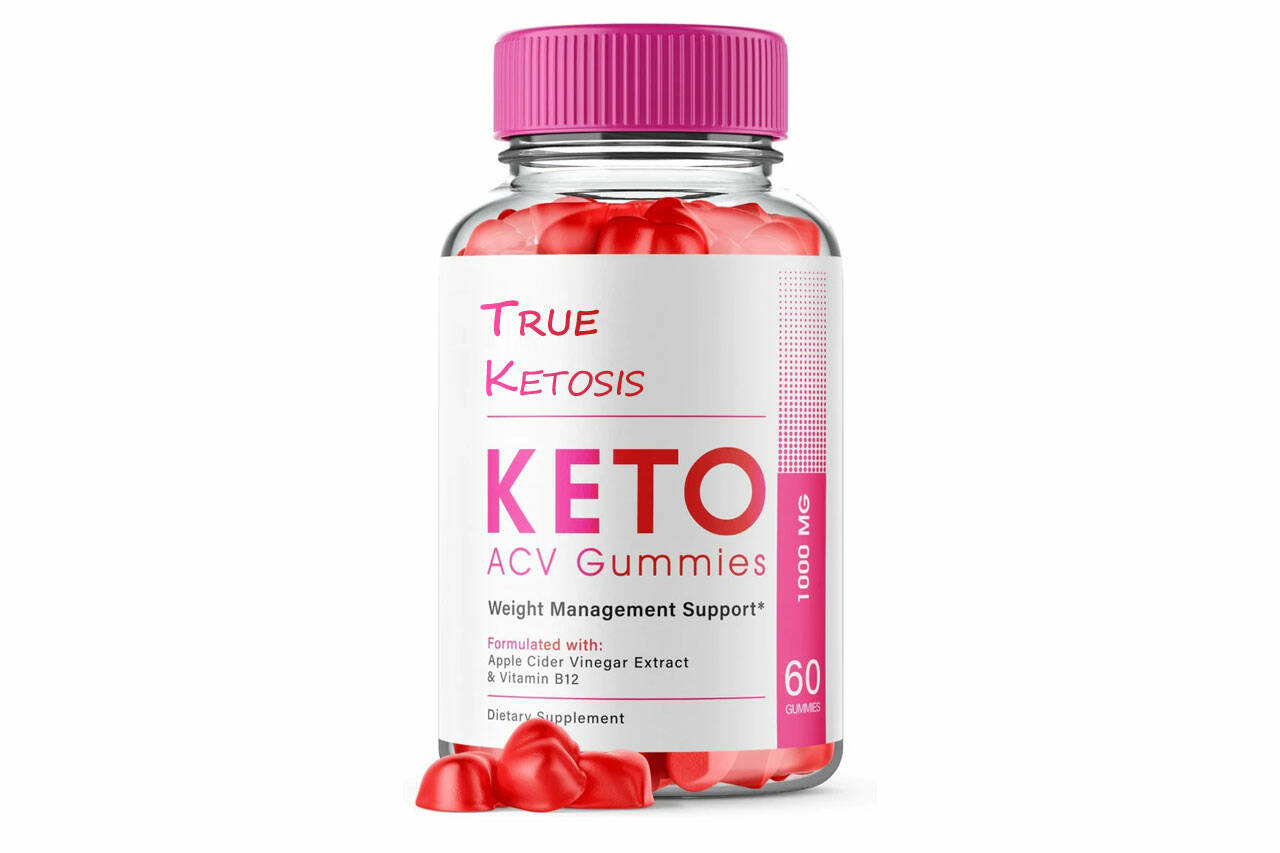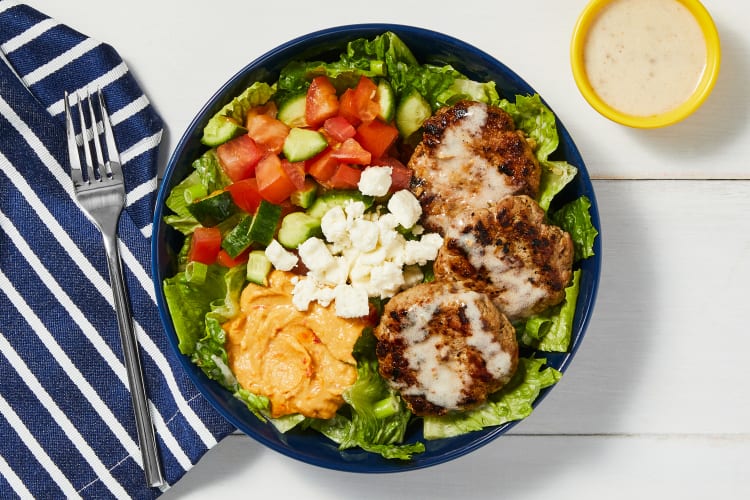In Keto Diet: What to Eat and What Not to Eat?
The ketogenic, or keto, diet is a low-carb, high-fat diet that has gained popularity in recent years for its potential health benefits, including weight loss and improved blood sugar control. Understanding what to eat and what to avoid is crucial for anyone looking to start or maintain a successful keto lifestyle. This article will guide you through the essentials of the keto diet, including the foods to embrace and those to steer clear of.
Introduction
The keto diet revolves around the metabolic state known as ketosis, where the body burns fat for energy instead of carbohydrates. Achieving ketosis requires a careful balance of dietary intake, emphasizing fats, moderate protein, and minimal carbohydrates. Knowing what foods to eat and avoid is fundamental to the diet’s success.
The Basics of Keto Diet
At its core, the keto diet aims to shift your body’s primary energy source from carbohydrates to fats. This process, ketosis, occurs when carbohydrate intake is drastically reduced, typically to less than 50 grams per day, forcing the body to burn fat for fuel.
Foods to Eat on a Keto Diet
Meats and Proteins: Focus on high-quality, minimally processed meats like grass-fed beef, free-range poultry, and wild-caught fish. Eggs are also a staple in the keto diet due to their high fat and moderate protein content.
Vegetables: Non-starchy vegetables are your best friends on keto. Leafy greens like spinach, kale, and arugula, along with cruciferous vegetables like broccoli and cauliflower, provide essential nutrients without the carb overload.
Fats and Oils: Healthy fats are the cornerstone of the keto diet. Avocado oil, coconut oil, butter, and olive oil are excellent choices for cooking and dressing foods.
Dairy: Full-fat dairy products, such as cheese, cream, and butter, are encouraged in moderation. However, be mindful of lactose, a sugar found in dairy that can add up in carbs.
Nuts and Seeds: Almonds, walnuts, flaxseeds, and chia seeds are great for snacking and adding crunch to meals. They’re high in fats and fiber but low in net carbs.
Beverages: Water should be your primary drink, followed by unsweetened coffee and tea. Bone broth is also a good option for a nutrient-rich, low-carb drink.
Foods to Avoid on a Keto Diet
High-Carb Vegetables: Root vegetables like potatoes, carrots, and beets are high in carbs and should be limited.
Sugars and Sweeteners: Added sugars, whether natural or artificial, can quickly exceed your daily carb limit. Opt for keto-friendly sweeteners like stevia or erythritol.
Grains and Starches: Bread, pasta, rice, and other grains are high in carbohydrates and not suitable for the keto diet.
Fruits: While fruits are nutritious, many are high in sugar and carbs. Berries are an exception and can be enjoyed in moderation.
Processed Foods: Many processed foods are high in added sugars and unhealthy fats. Reading labels is essential to avoid hidden carbs.
Planning Your Keto Meals
Meal planning is a valuable tool for staying on track with the keto diet. Preparing meals ahead of time ensures you have keto-friendly options readily available, reducing the temptation to stray from your diet.
Eating Out on a Keto Diet
Eating out can be challenging on the keto diet, but it’s not impossible. Look for dishes that focus on meats and vegetables, and don’t be afraid to ask for modifications to fit your dietary needs.
Keto Diet and Intermittent Fasting
Combining the keto diet with intermittent fasting can enhance fat loss and improve metabolic health. However, it’s important to listen to your body and consult with a healthcare professional before starting.
Common Mistakes to Avoid
A successful keto diet requires more than just cutting carbs. Ensure you’re getting enough healthy fats, not overdoing protein, and incorporating enough fiber-rich vegetables to prevent digestive issues.
Supplements for Keto Diet
While the keto diet can provide most of the nutrients you need, certain supplements, like magnesium, potassium, and omega-3 fatty acids, can help fill in any gaps and support your overall health.
Monitoring Your Progress
Tracking your ketone levels can help you ensure you’re in ketosis and adjust your diet as needed for optimal results. There are several methods available, from urine strips to blood ketone meters.
Keto Diet Myths Debunked
Misconceptions about the keto diet abound. It’s important to do your research and understand the science behind ketosis to navigate the diet effectively.
Success Stories
Many people have found success with the keto diet, achieving significant weight loss and improvements in their health. These stories can provide motivation and inspiration for your own journey.
FAQs
This section addresses common questions and concerns about the keto diet, providing clear, evidence-based answers.

Conclusion
The keto diet offers a unique approach to weight loss and health improvement, focusing on high-fat, low-carb foods. By understanding what to eat and what to avoid, you can navigate the keto lifestyle with confidence and achieve your health goals.
Resources and Further Reading
For those looking to dive deeper into the keto diet, a wealth of resources is available, from books and websites to online communities and apps designed to support your keto journey.



